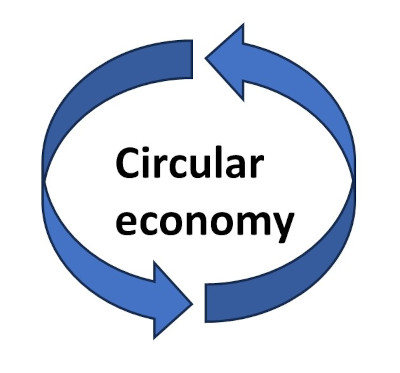
Full (Shrimp) Circle
Black soldier flies eat shrimp while shrimps eat black soldier flies. It is a beautiful circle of life.
Fricke, E., Saborowski, R. and Slater, M.J., 2024. Utility of by‐products of black soldier fly larvae (Hermetia illucens) production as feed ingredients for Pacific Whiteleg shrimp (Litopenaeus vannamei). Journal of the World Aquaculture Society, e13070.
Projected growth in insect production as alternative feedstuffs will yield novel by-products that are potentially valuable for aquafeed applications. We analyzed the nutrient composition of three by-products occurring from black soldier fly larvae production (exuvia, cocoon, imago) and the bioavailability of key nutrients for Pacific Whiteleg shrimp (Litopenaeus vannamei). Protein accounted for 317 g kg−1 in exuviae, 433 g kg−1 in cocoons, and up to 521 g kg−1 in adult flies (imagines). Considerable amounts of essential amino acids were detected in imago meal, which significantly matched the ideal dietary amino acid composition for penaeid shrimp (r2 = 0.66, p = 0.0076). Exuviae and cocoons contained moderate amounts of lipids (64–140 g kg−1), while imagines comprised 356 g kg−1 total lipid. Saturated fatty acids predominated in all insect materials (47%–83% of total fatty acids). Chitin concentration was highest in cocoons and exuviae (154 and 139 g kg−1) and low in imagines (51 g kg−1). A feeding trial with shrimp, L vannamei, revealed apparent digestibility coefficients of 20%–59% for protein, 24%–54% for energy, 25%–49% for carbon, and 27%–68% for copper. Defatting of imago meal increased the digestibility of protein, energy, and carbon by 77%, 64%, and 61%, respectively. Defatted imago meal can serve as a protein supplement for shrimp diets.
Hu, X., Zhang, H., Pang, Y., Cang, S., Wu, G., Fan, B., Liu, W., Tan, H. and Luo, G., 2024. Performance of feeding black soldier fly (Hermetia illucens) larvae on shrimp carcasses: A green technology for aquaculture waste management and circular economy. Science of The Total Environment, 172491.
Over 944 thousand tonnes of shrimp carcasses are produced worldwide during the shrimp production cycle, and black soldier fly larvae (BSFL) are a potential solution for this shrimp carcass accumulation. In this study, we evaluated the performance of BSFL feeding on shrimp carcasses. Six combinations of wheat bran and shrimp carcass powder (with replacement increments of 20 %) and one whole shrimp carcasses treatment were tested. The bioconversion rate (27.15 ± 3.66 %; p = 0.001), crude protein (55.34 ± 1.27 %; p < 0.001), and crude lipid (14.37 ± 1.86 %; p = 0.007) values of BSFL reared on whole shrimp carcasses were significantly higher than those of BSFL reared on wheat bran. Increasing the shrimp carcass amount in the feeding media resulted in significant increases in BSFL docosahexaenoic acid (with the highest value occurring for BSFL reared on whole shrimp carcasses; 1.46 ± 0.09 %; p < 0.001). Conversely, BSFL docosahexaenoic acid was not detected for BSFL reared on wheat bran. The detected heavy metal concentrations in BSFL were below the limits of the published international guidelines for animal feed. In the obtained BSFL, Salmonella was not detected, and the mould count was <10 CFU/g. The total bacterial count (Lg transformation) of obtained BSFL ranged from 7.88 to 8.07 CFU/g, and no significant differences among all treatments (p = 0.424). Overall, this study demonstrates that BSFL-based bioconversion presents a resource recovery technology for converting shrimp carcasses into high-value nutritional biomass.
